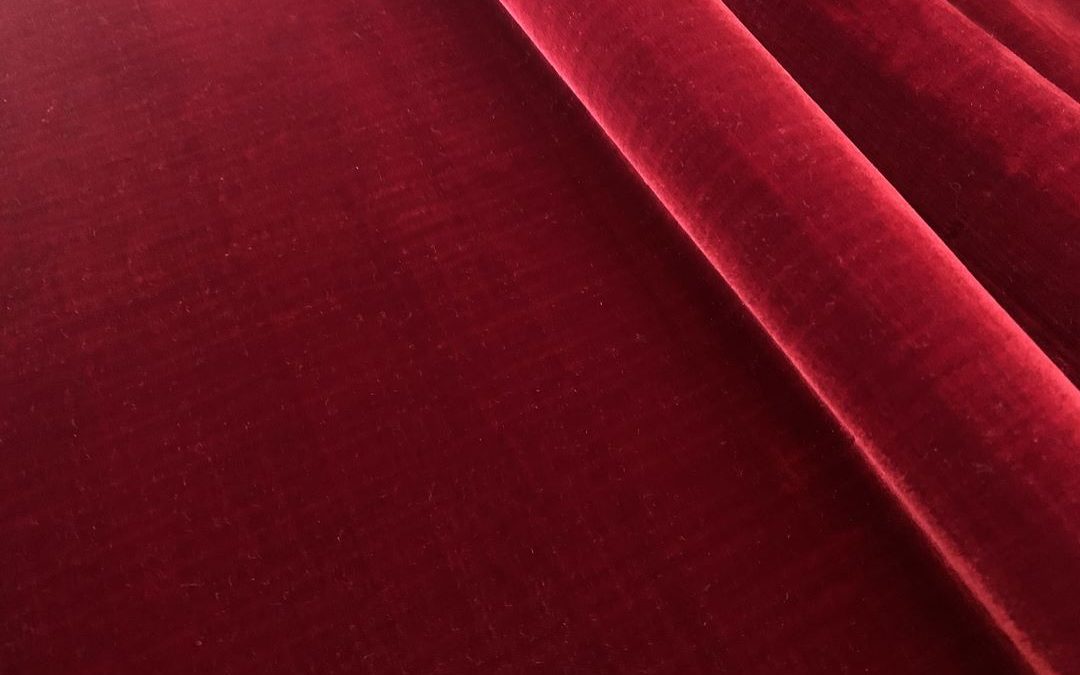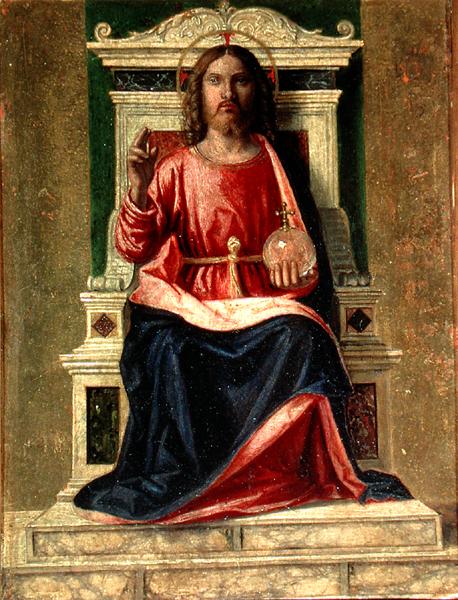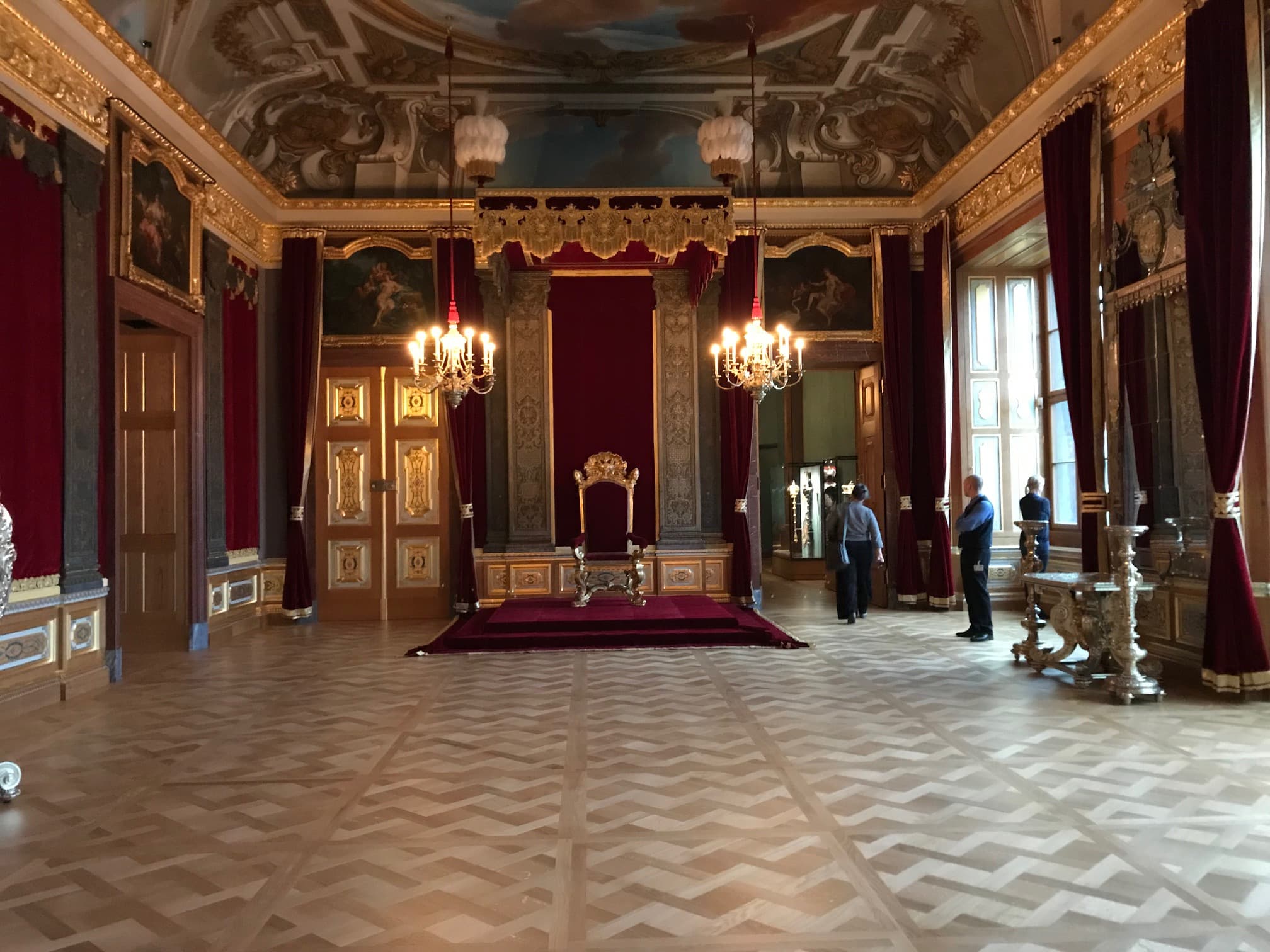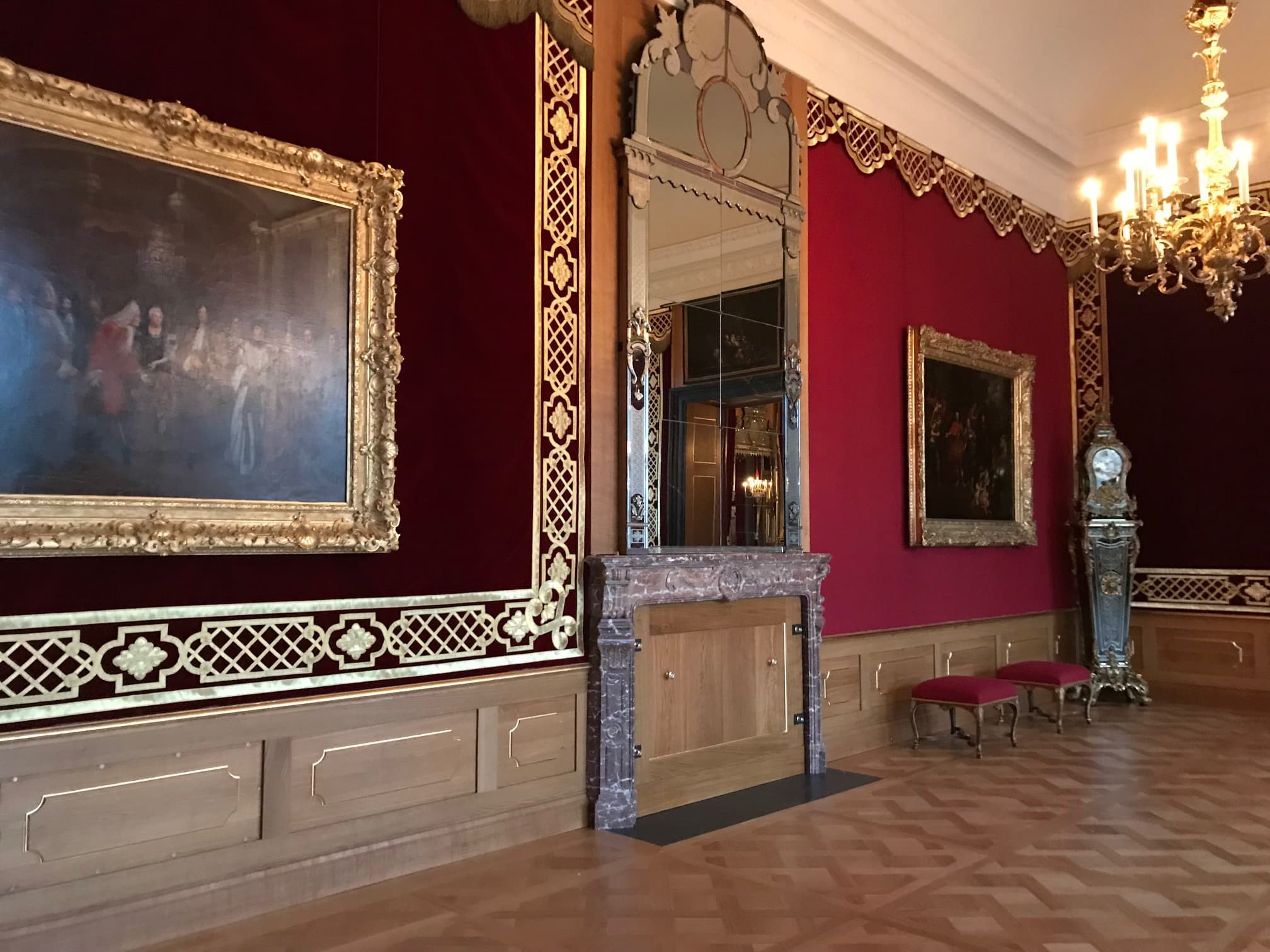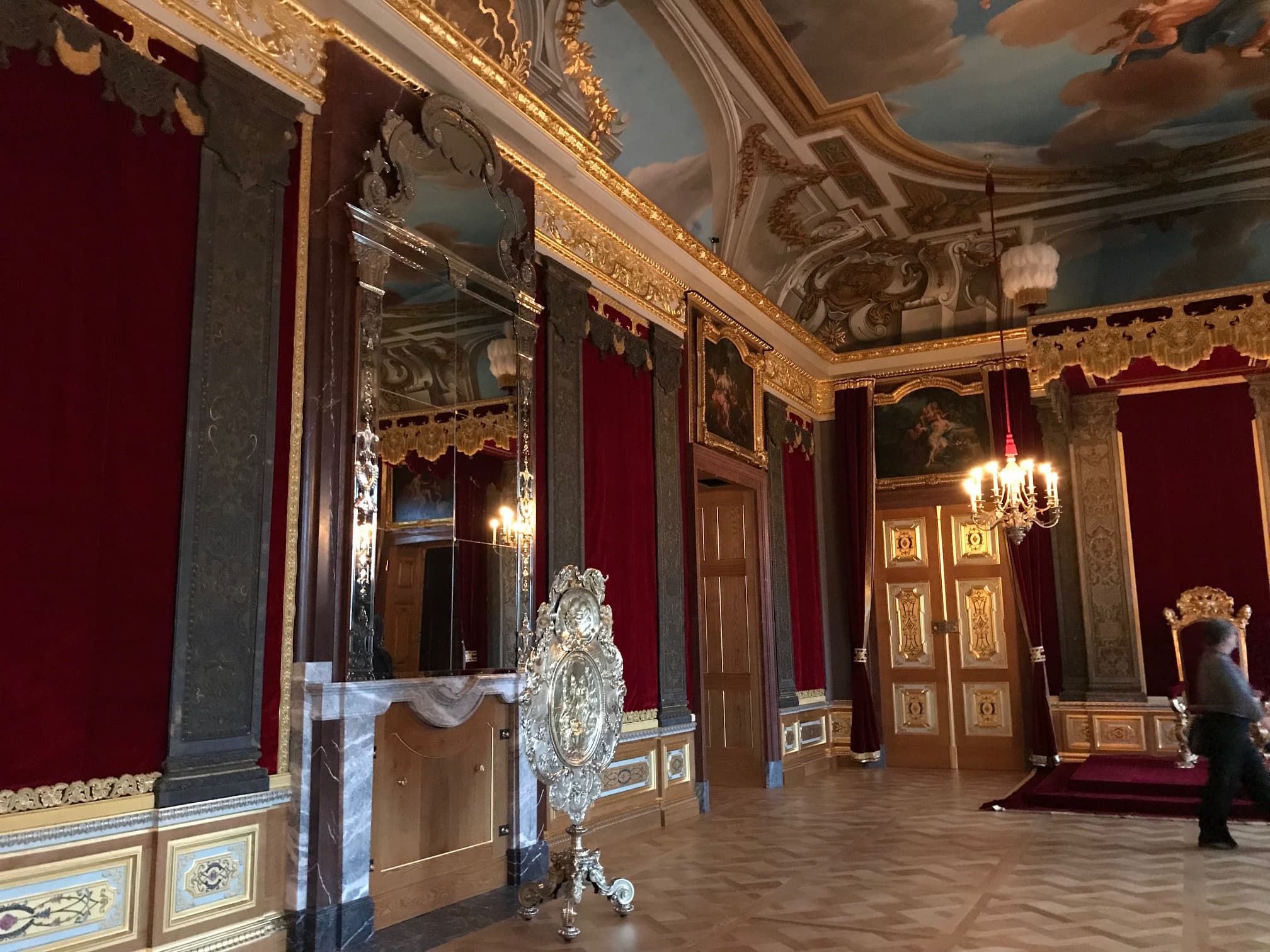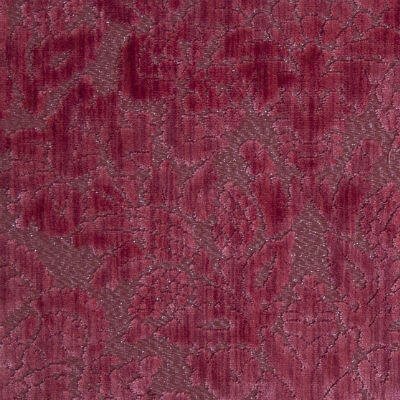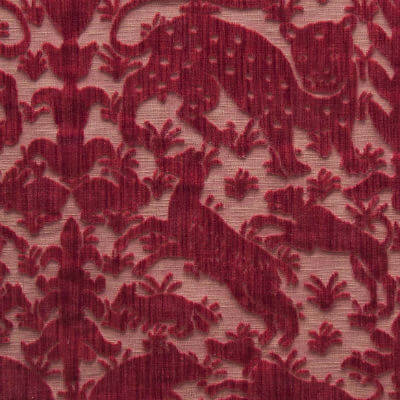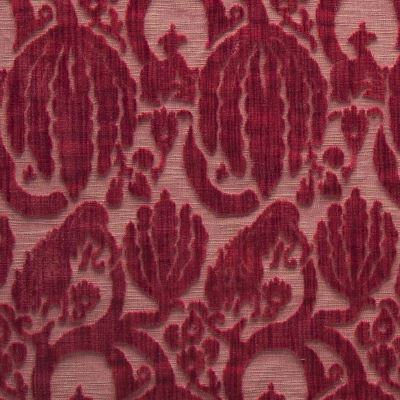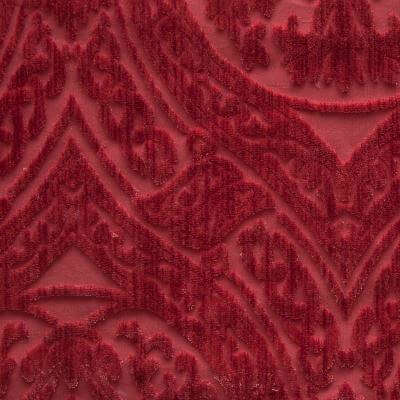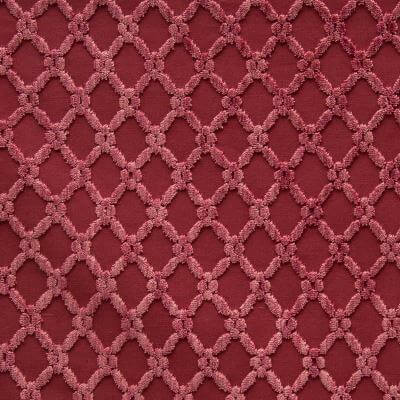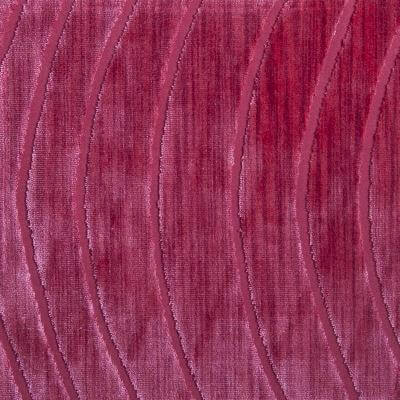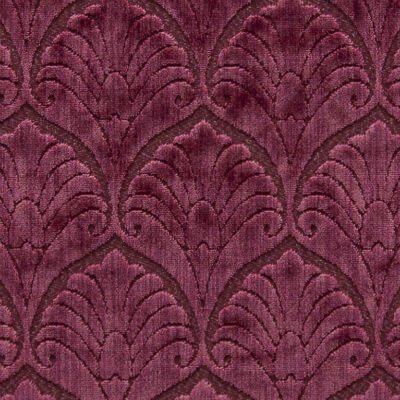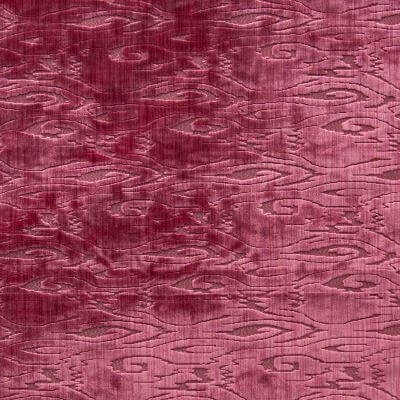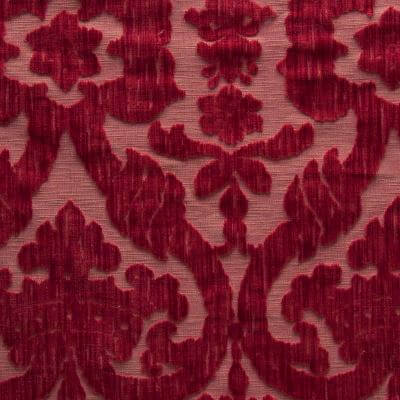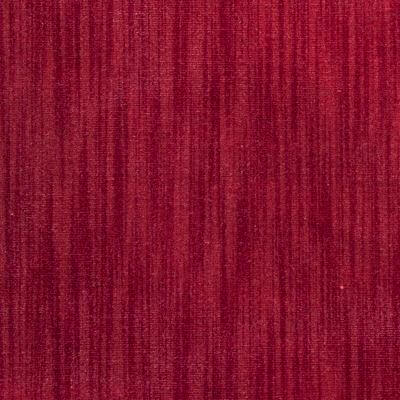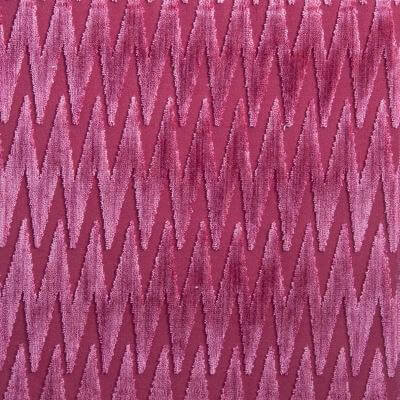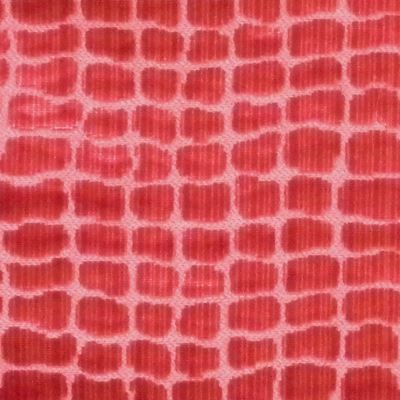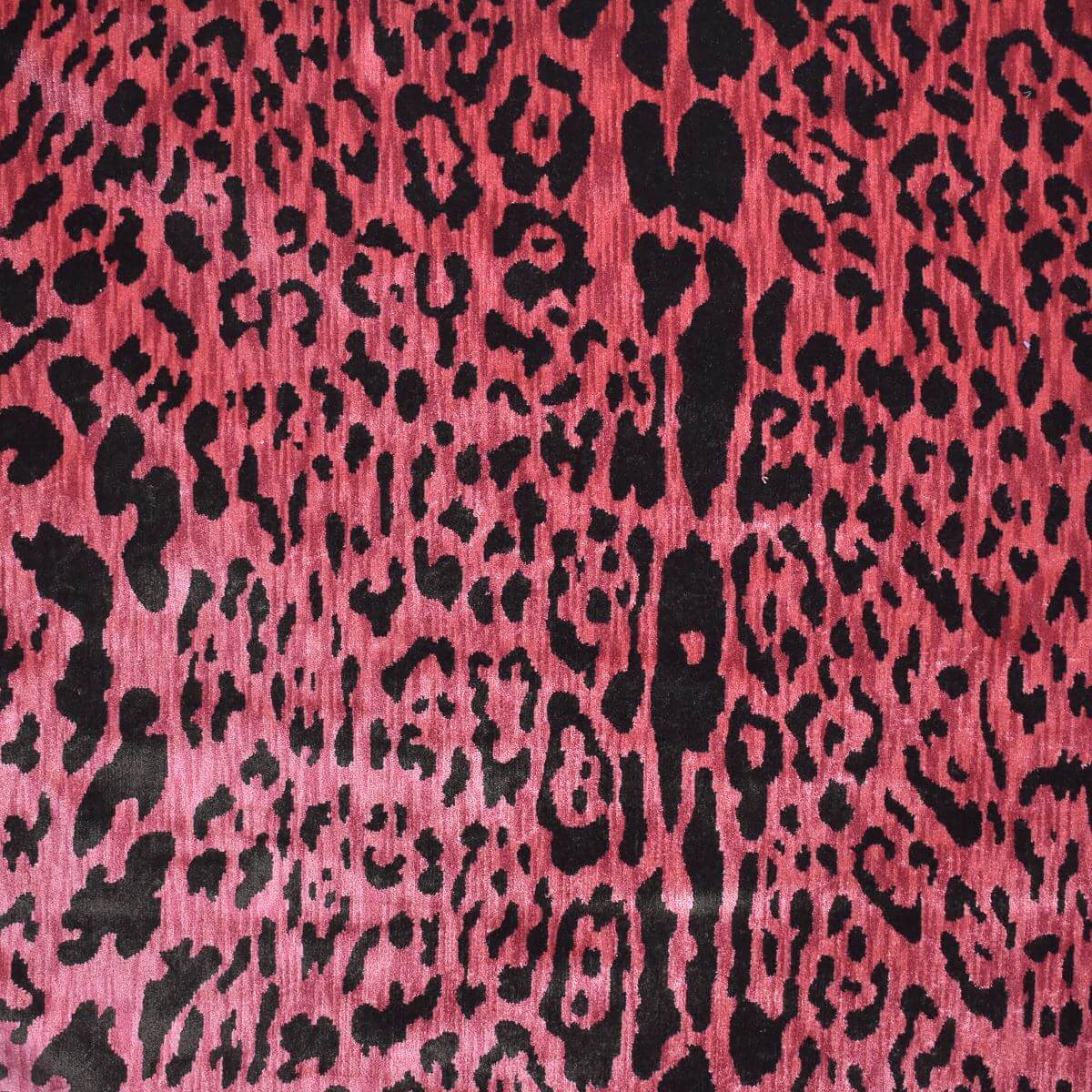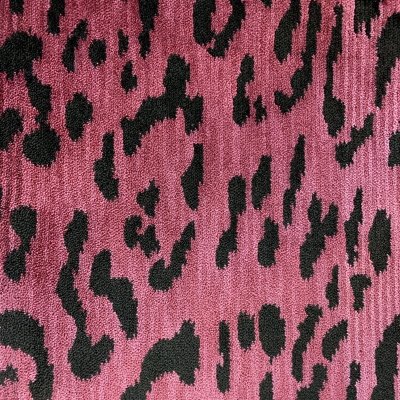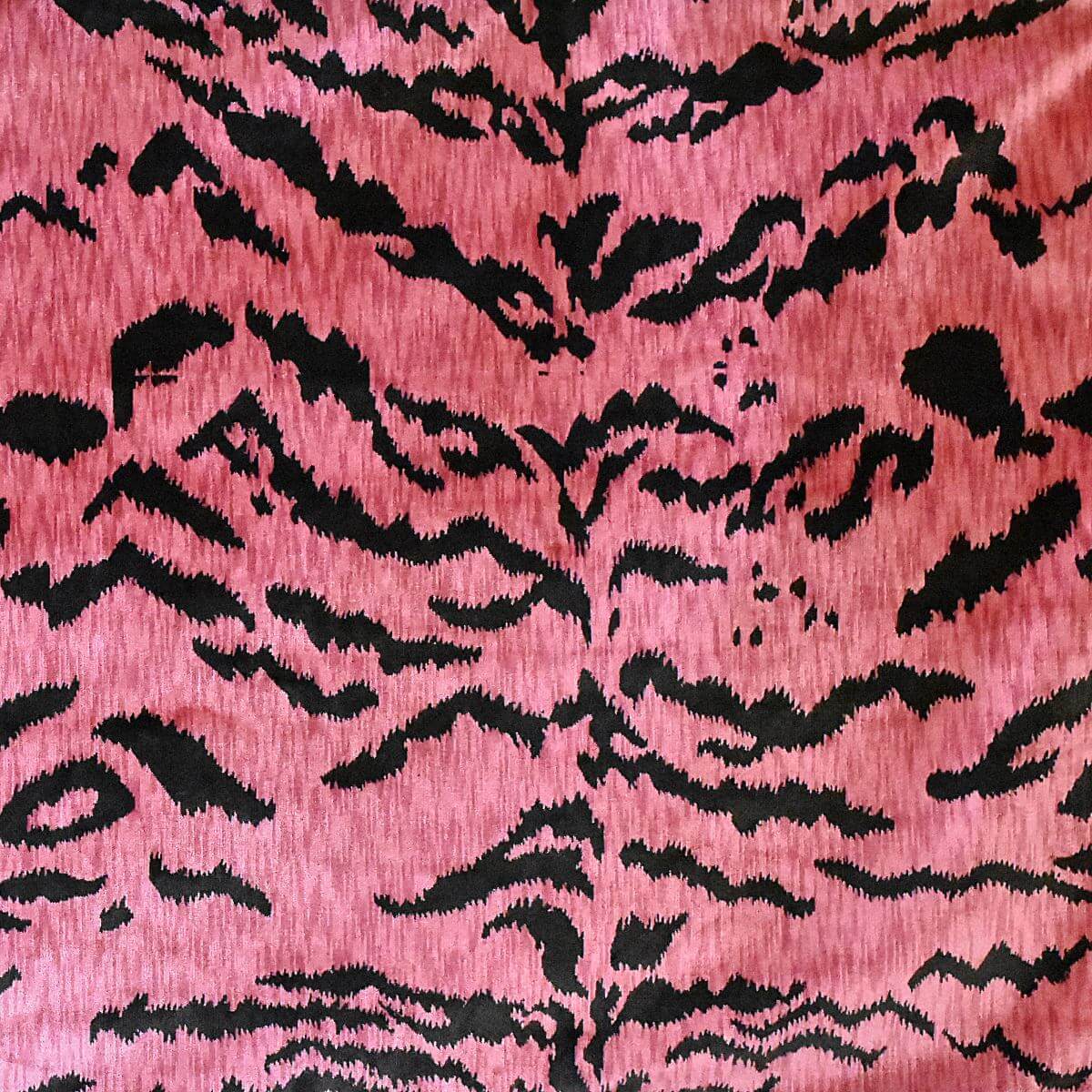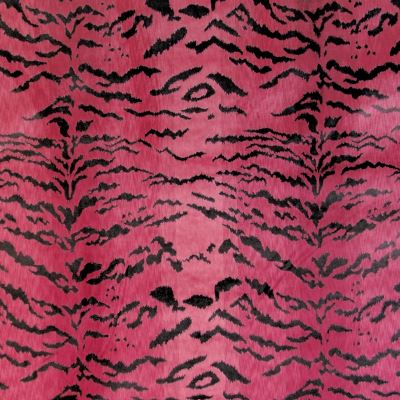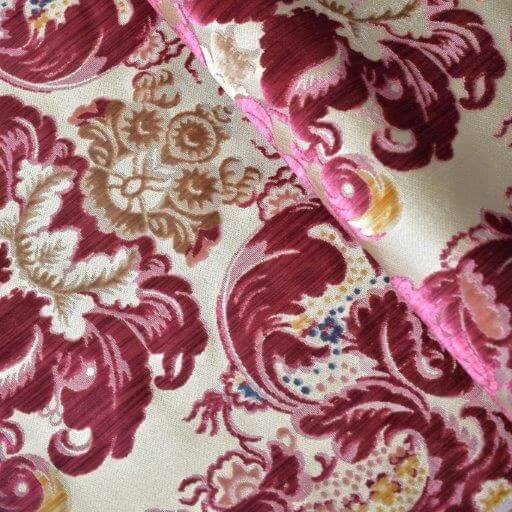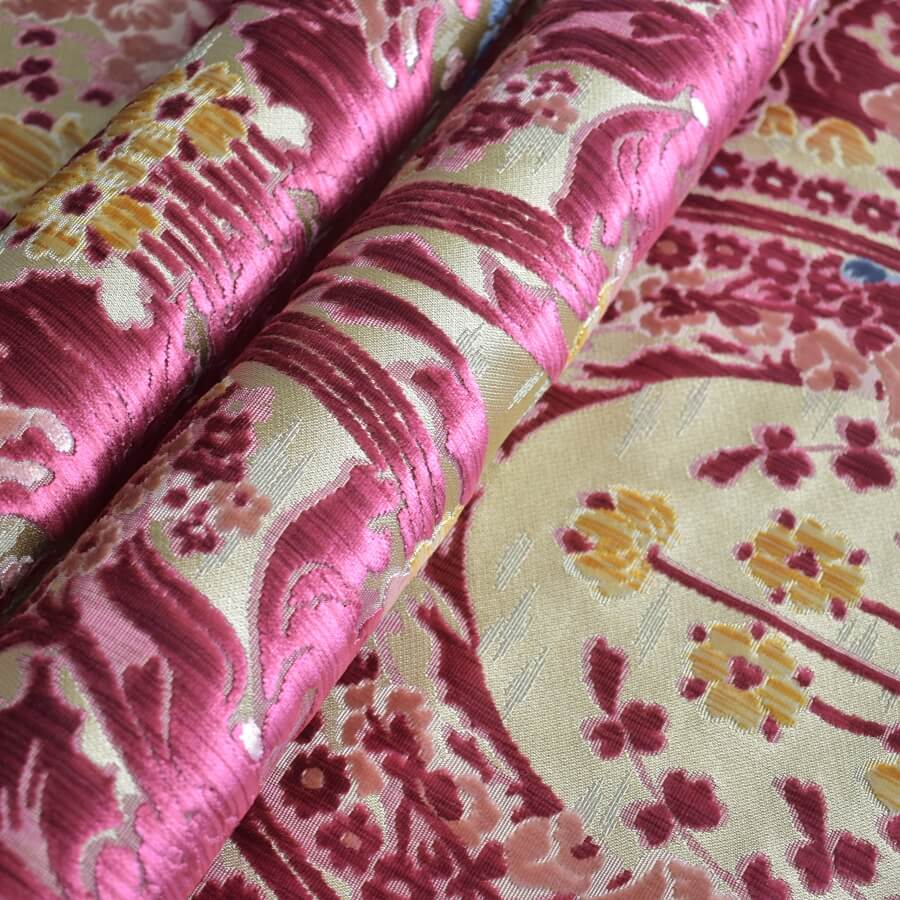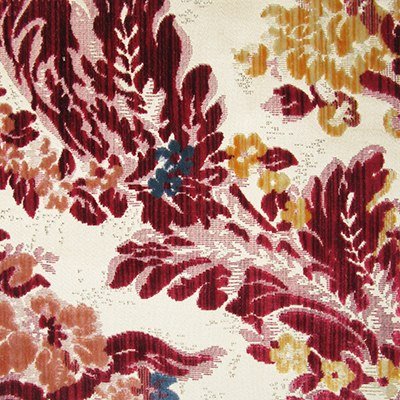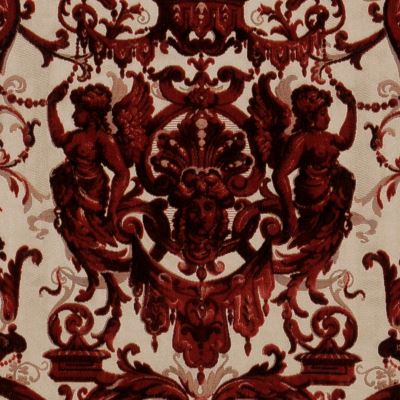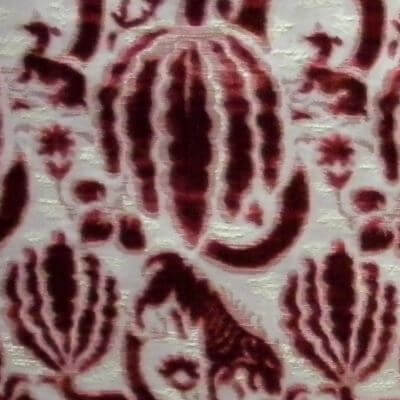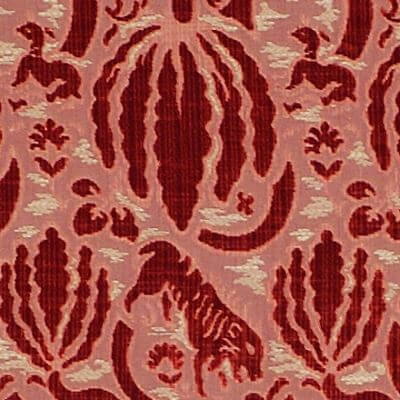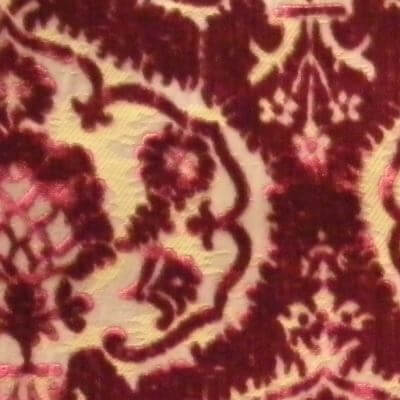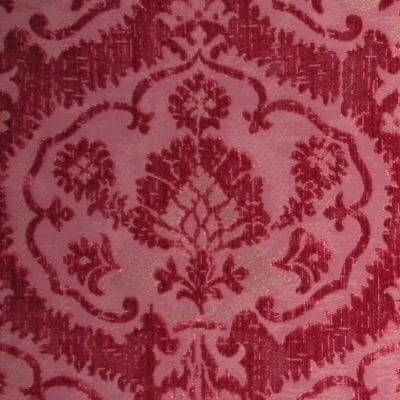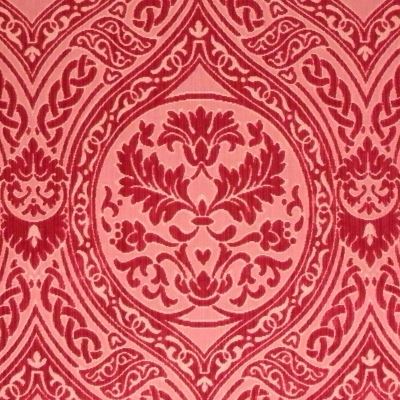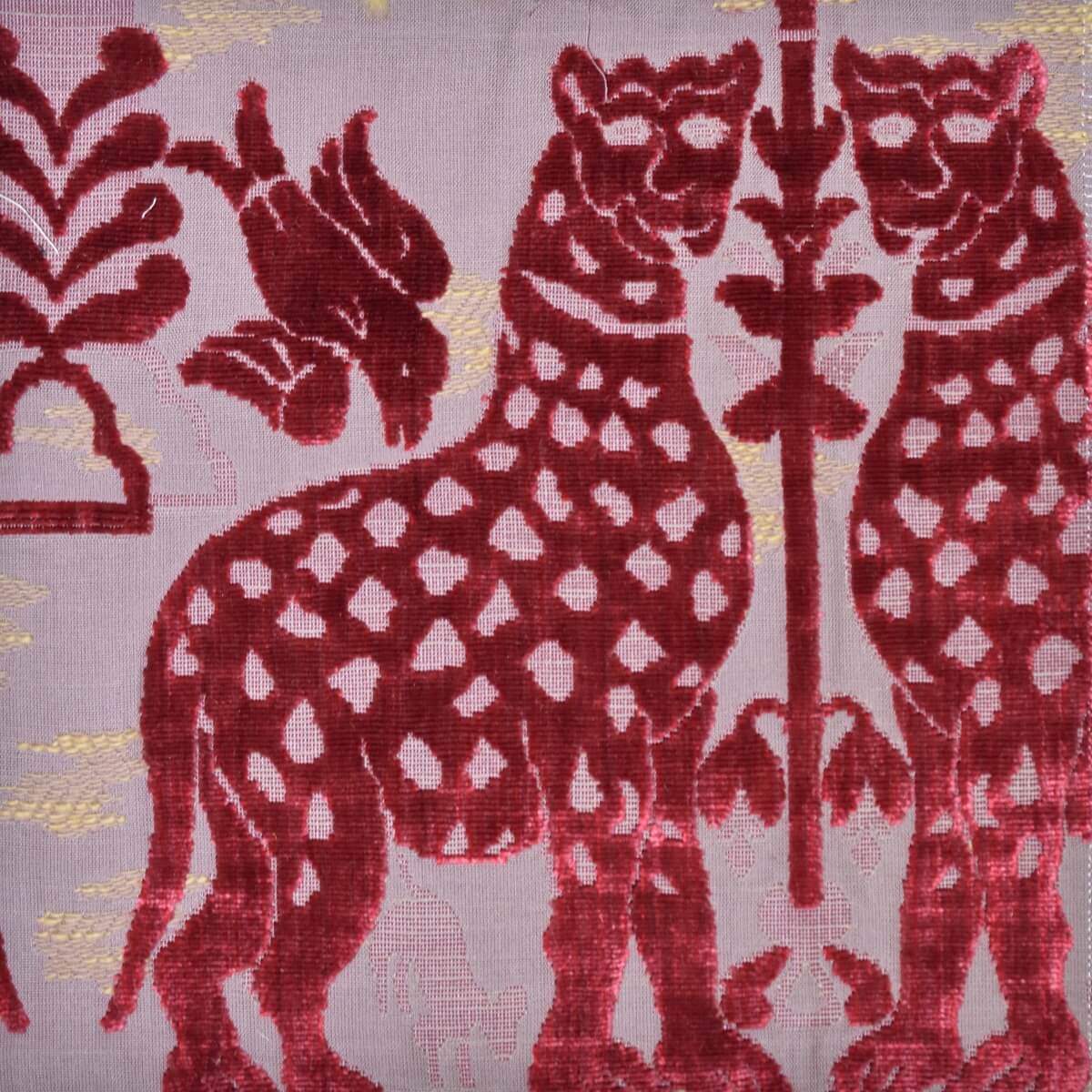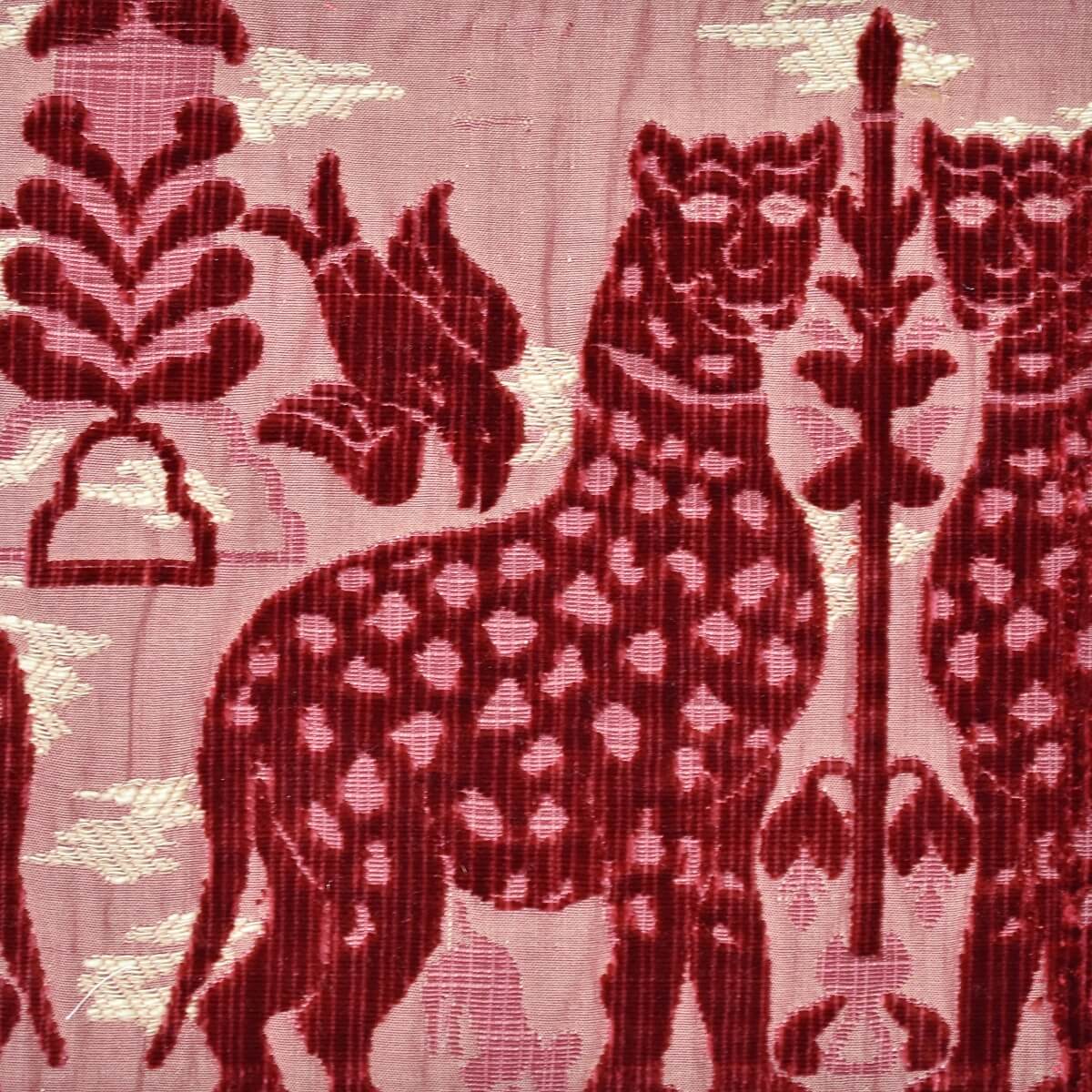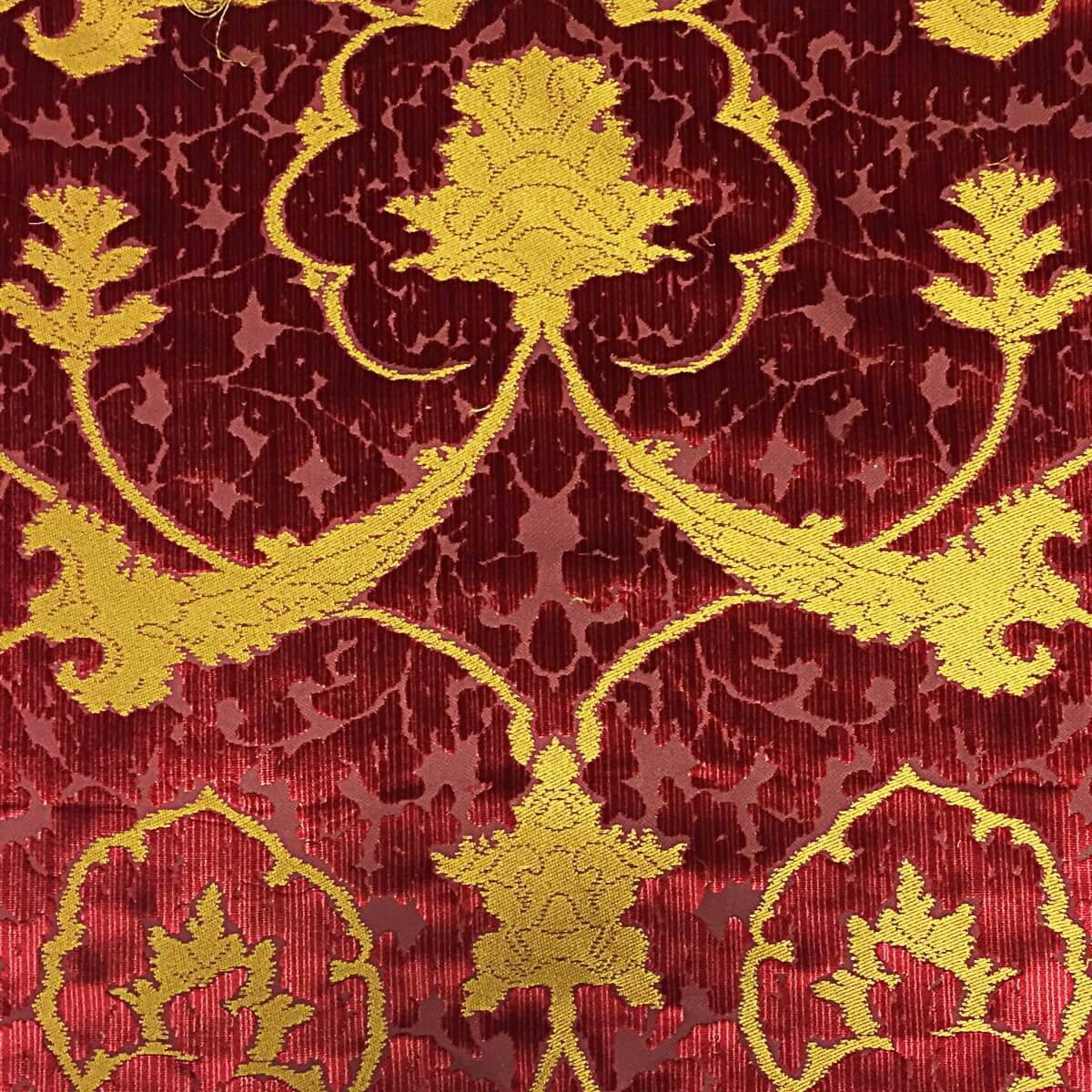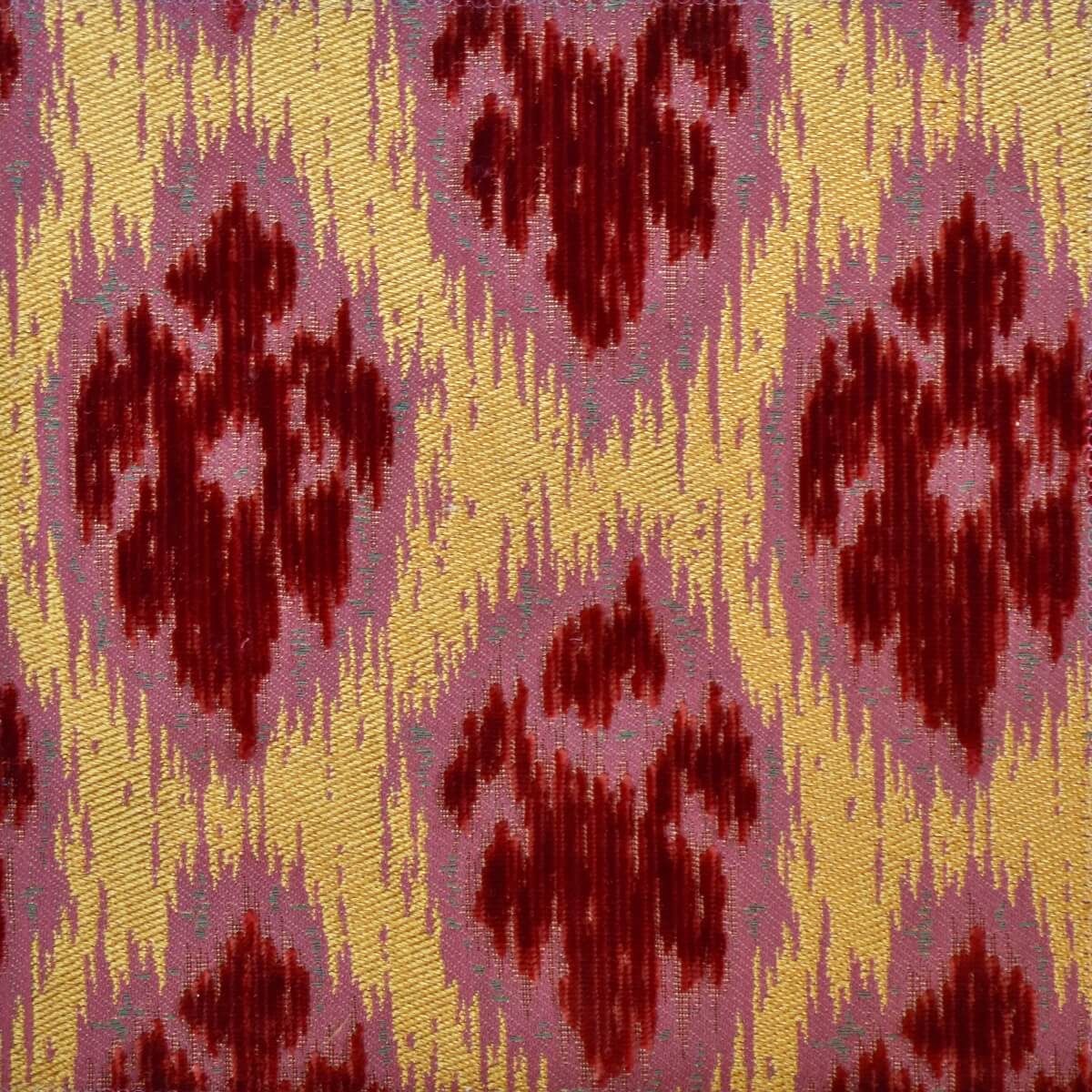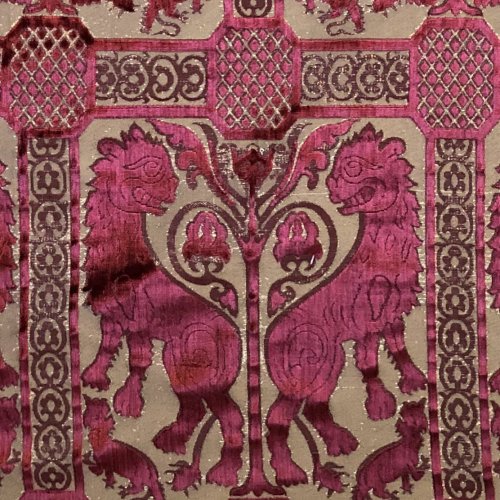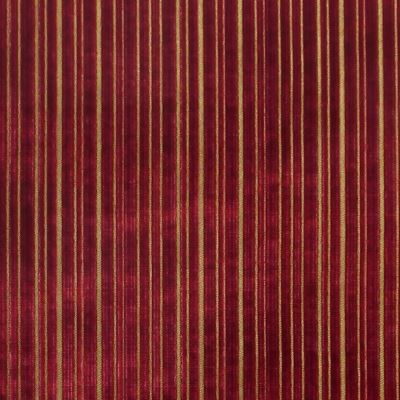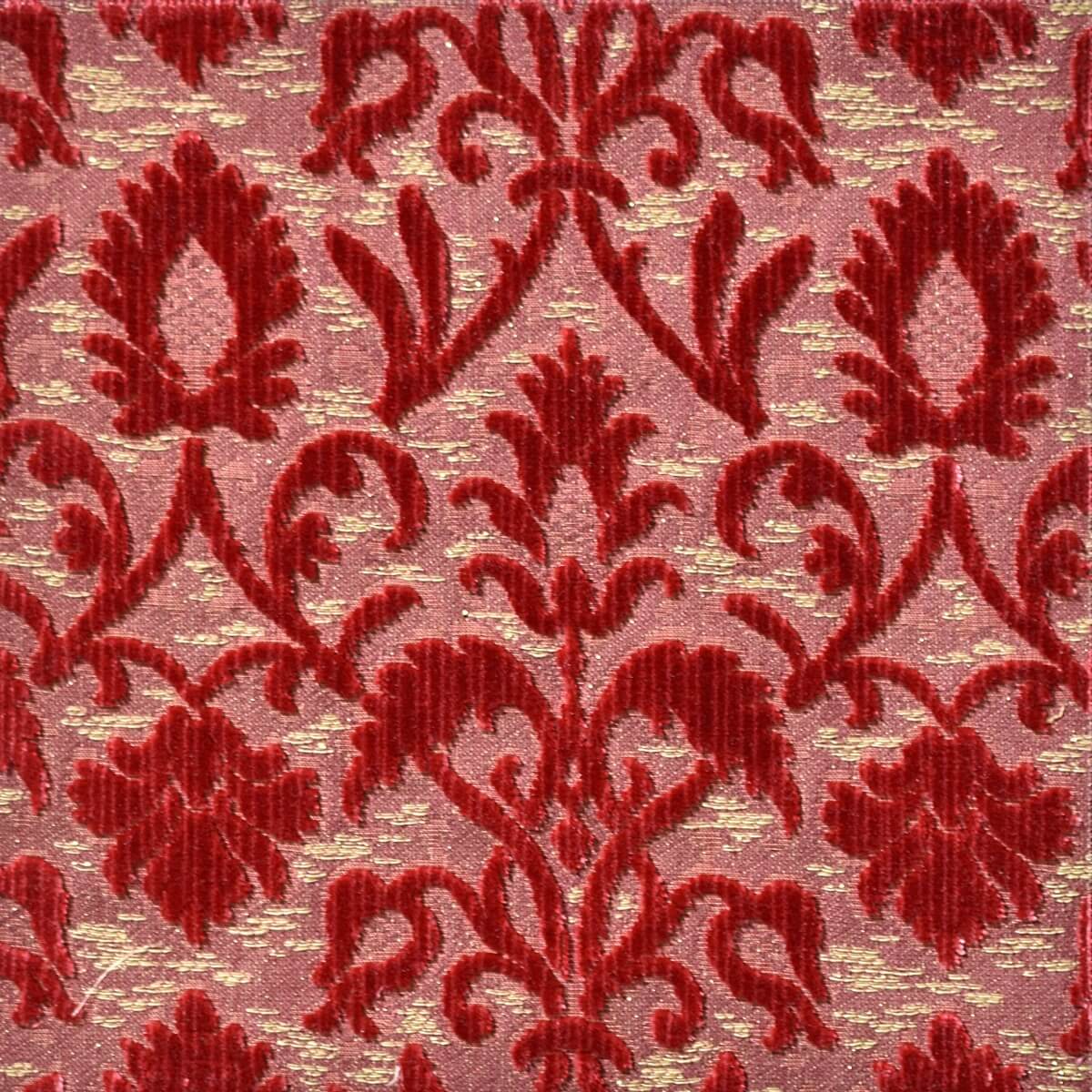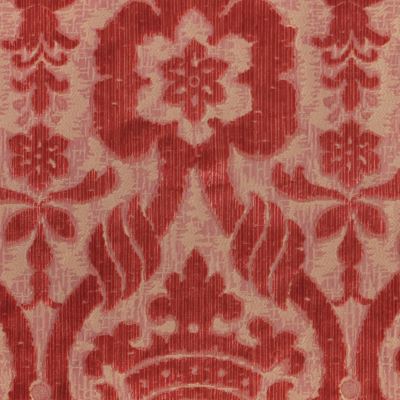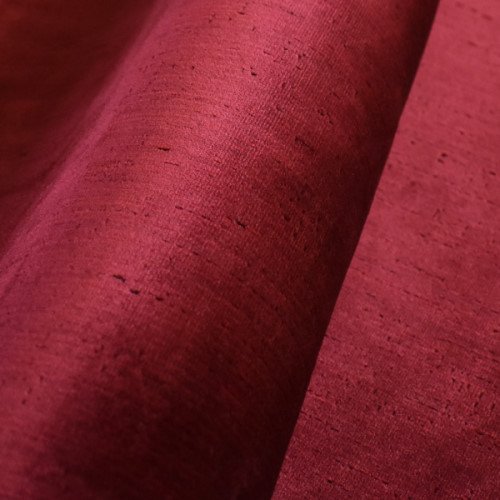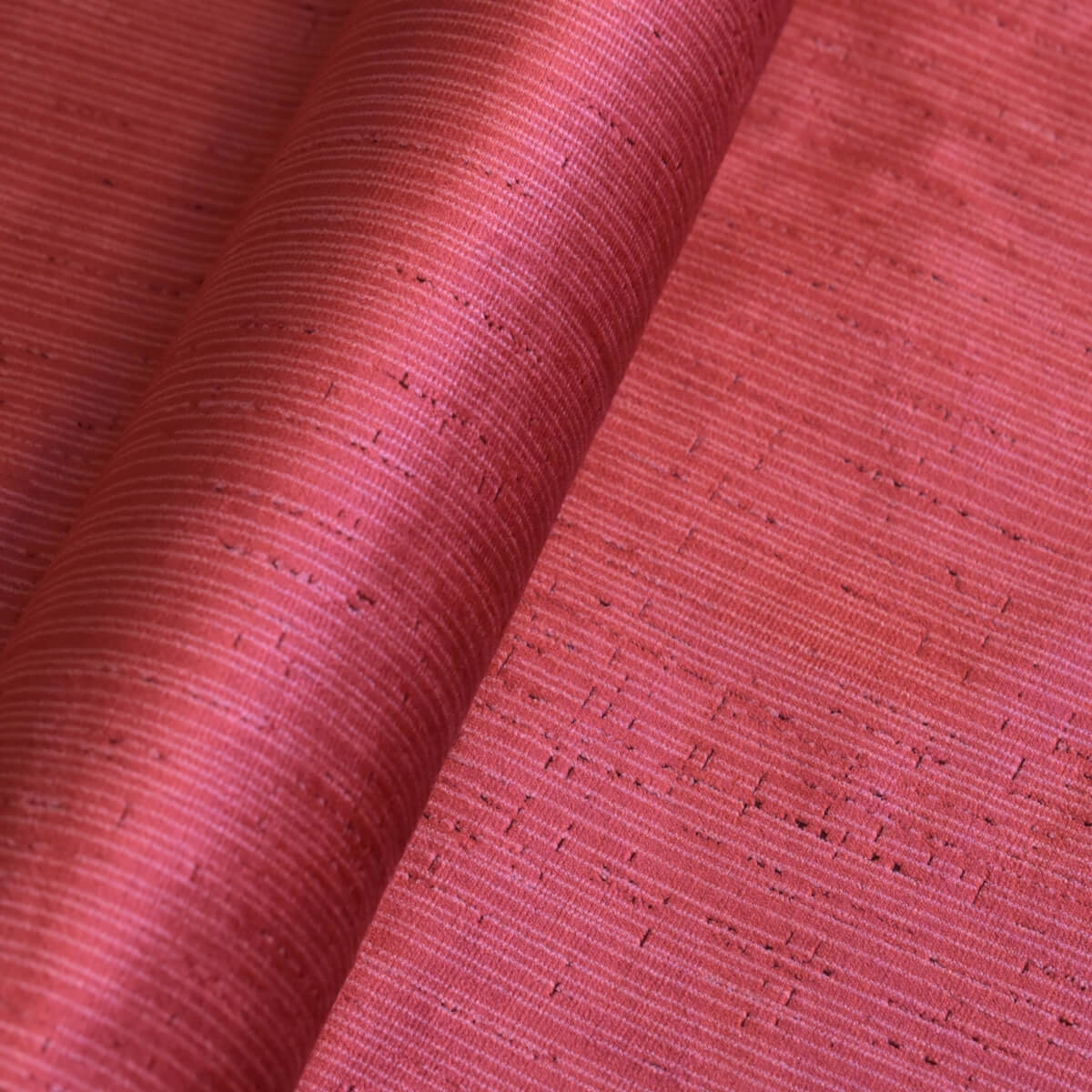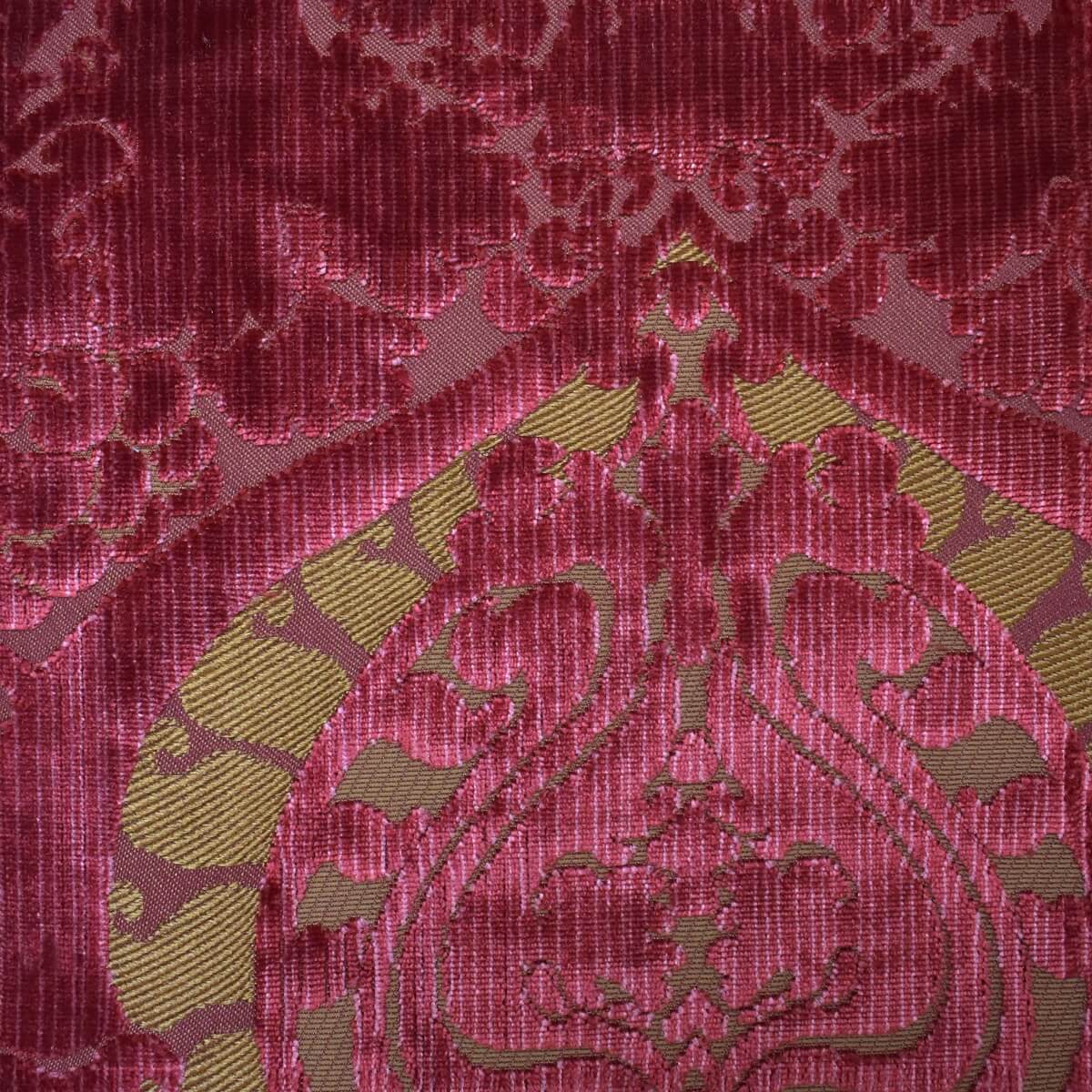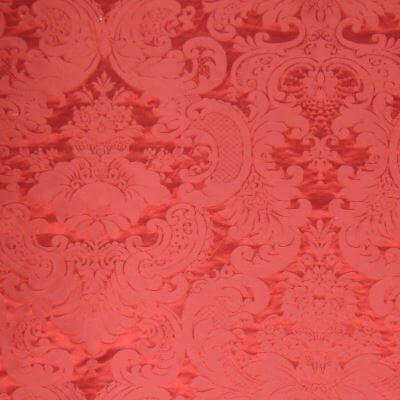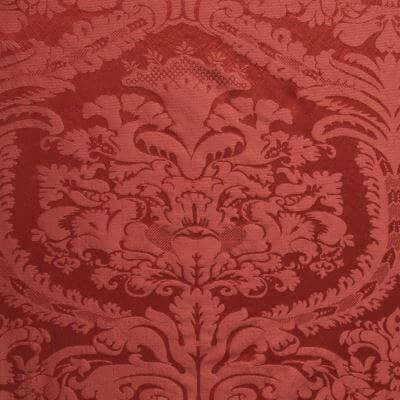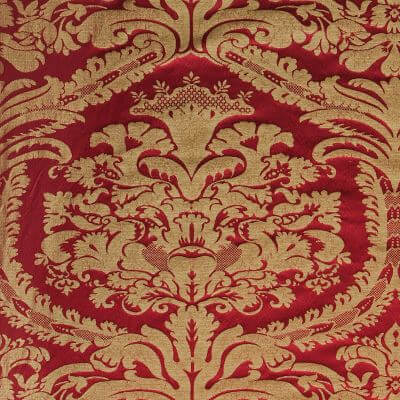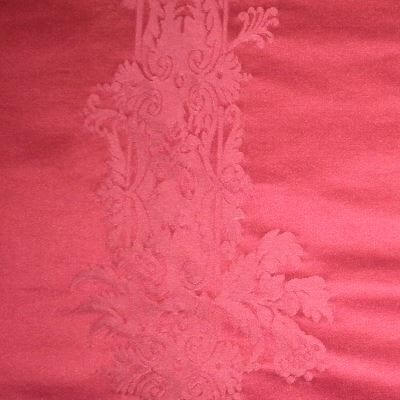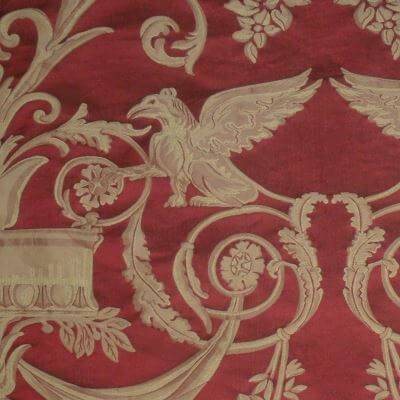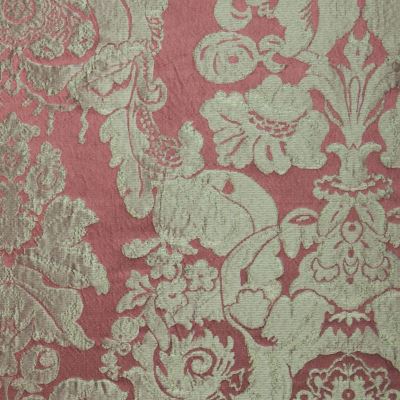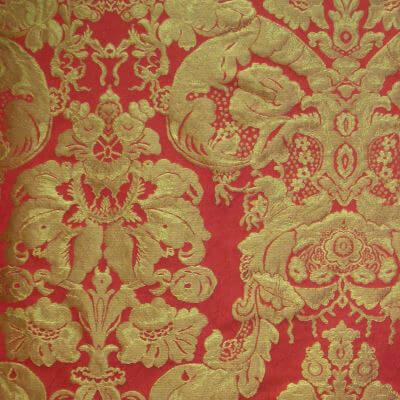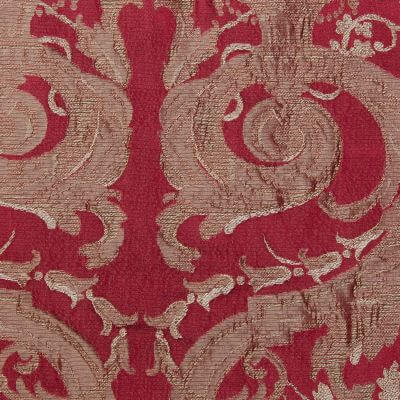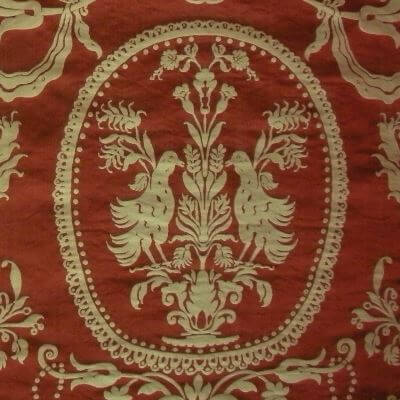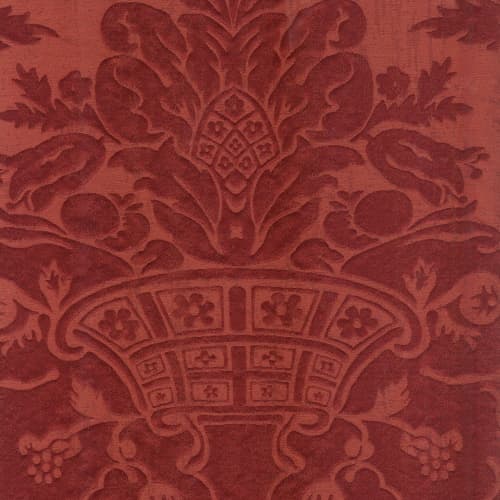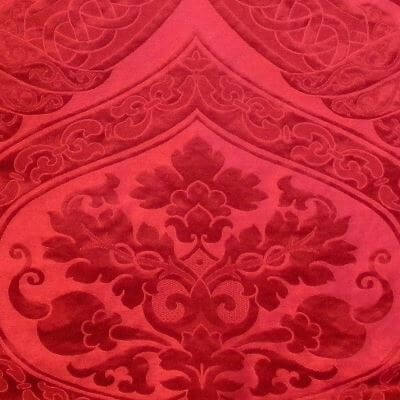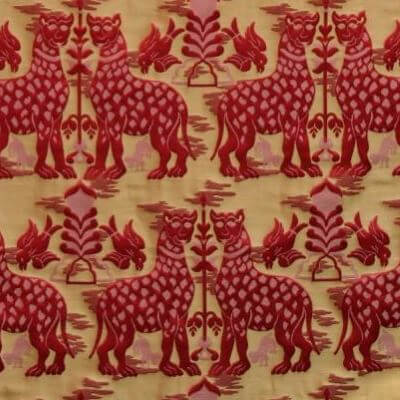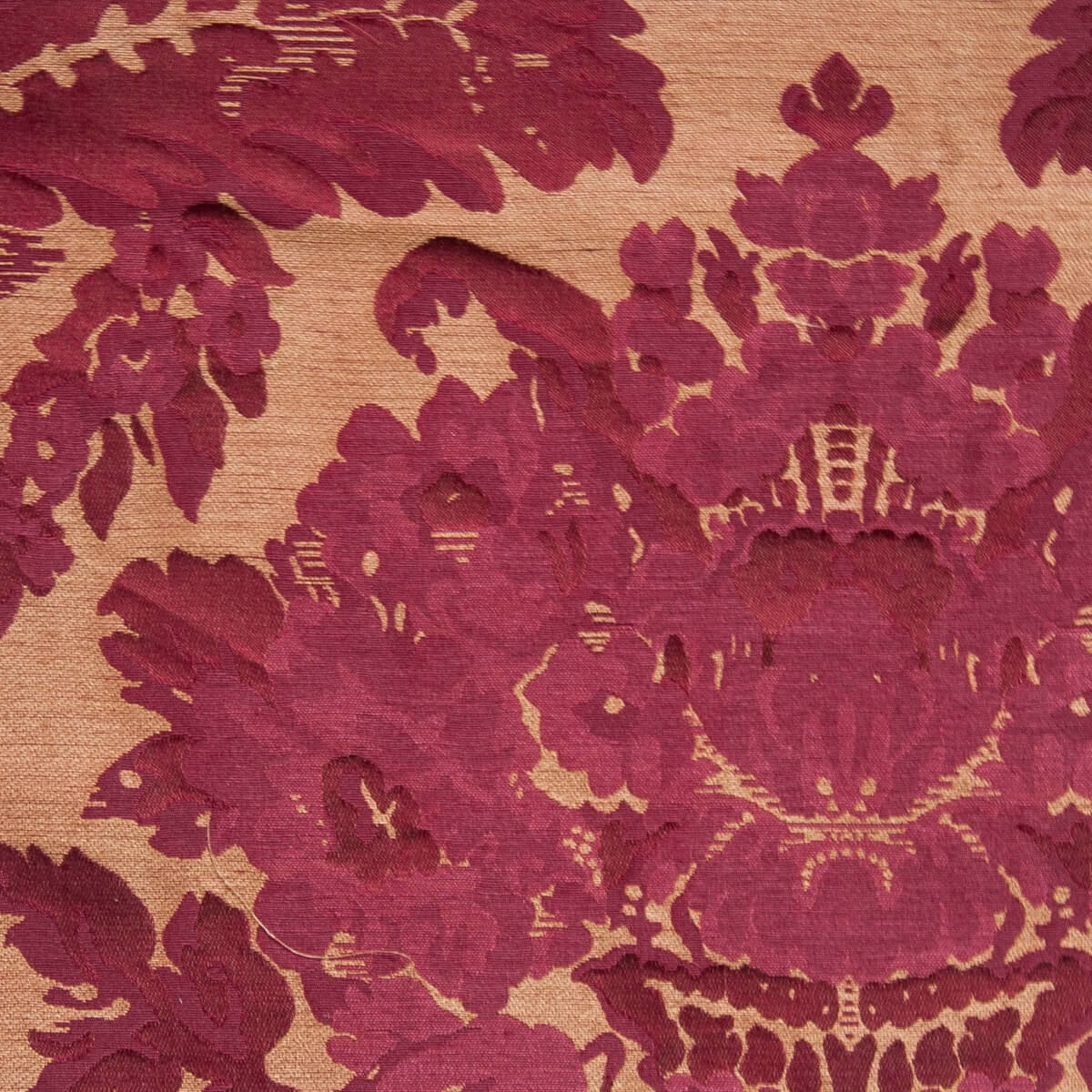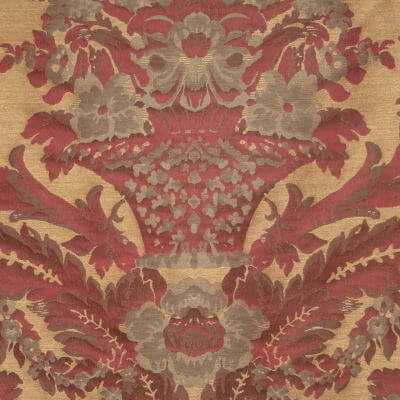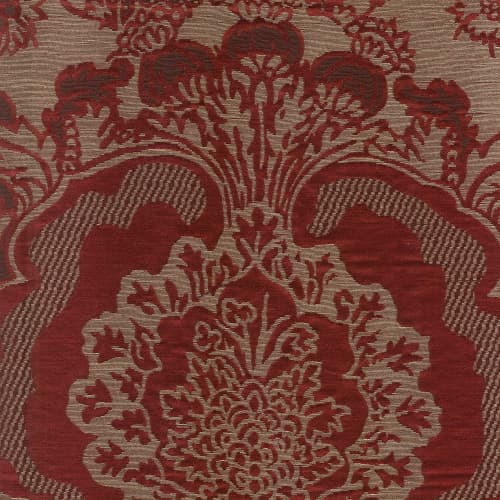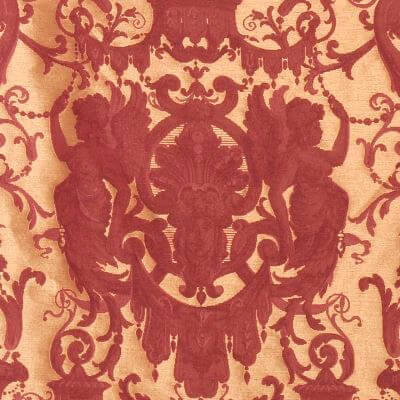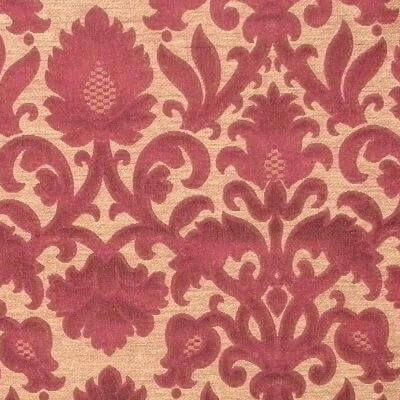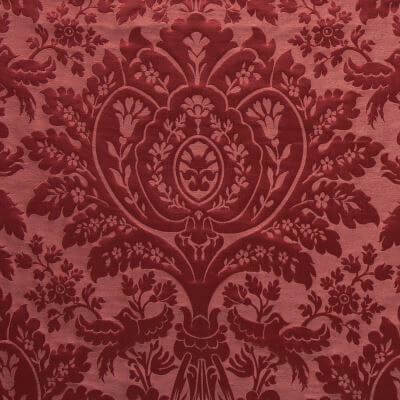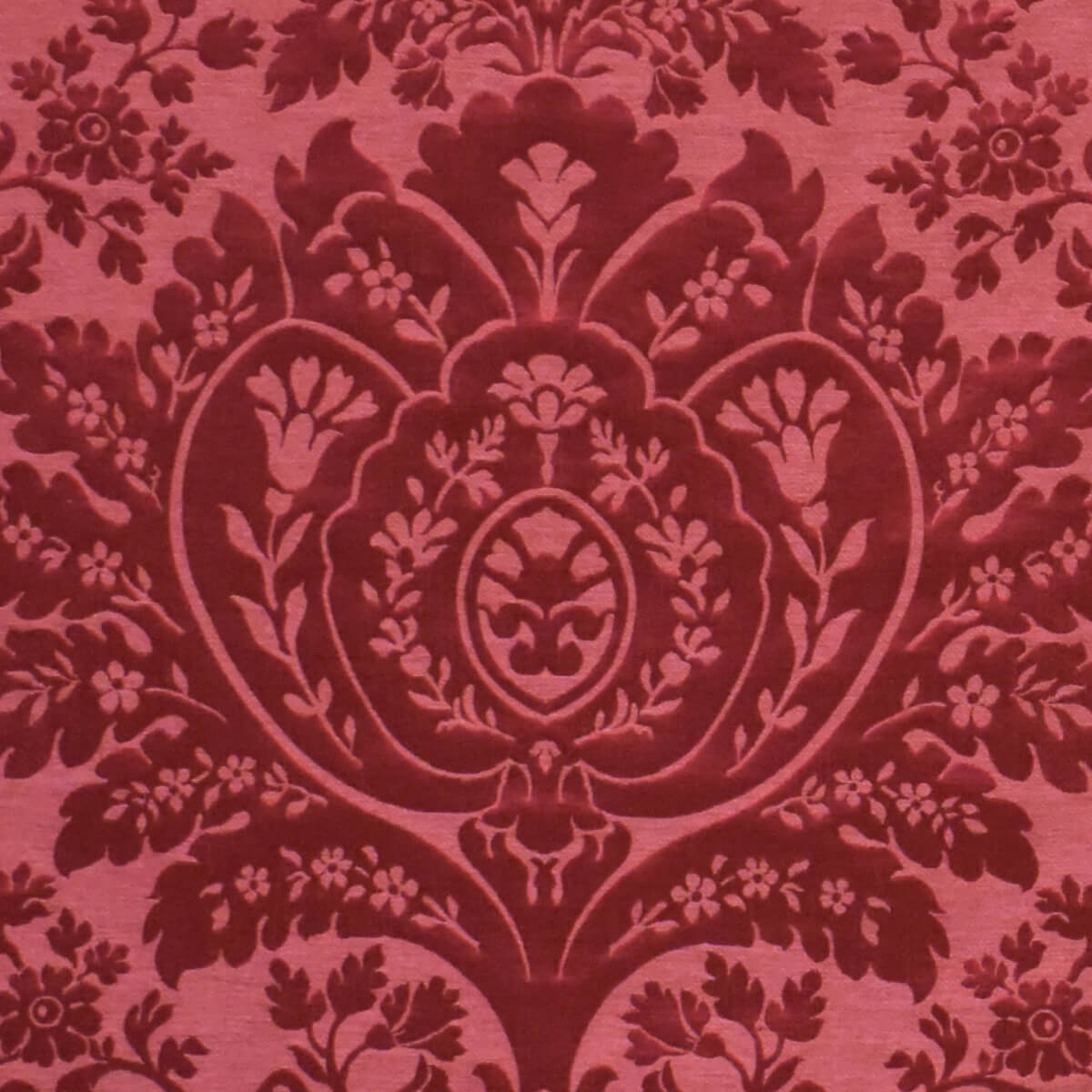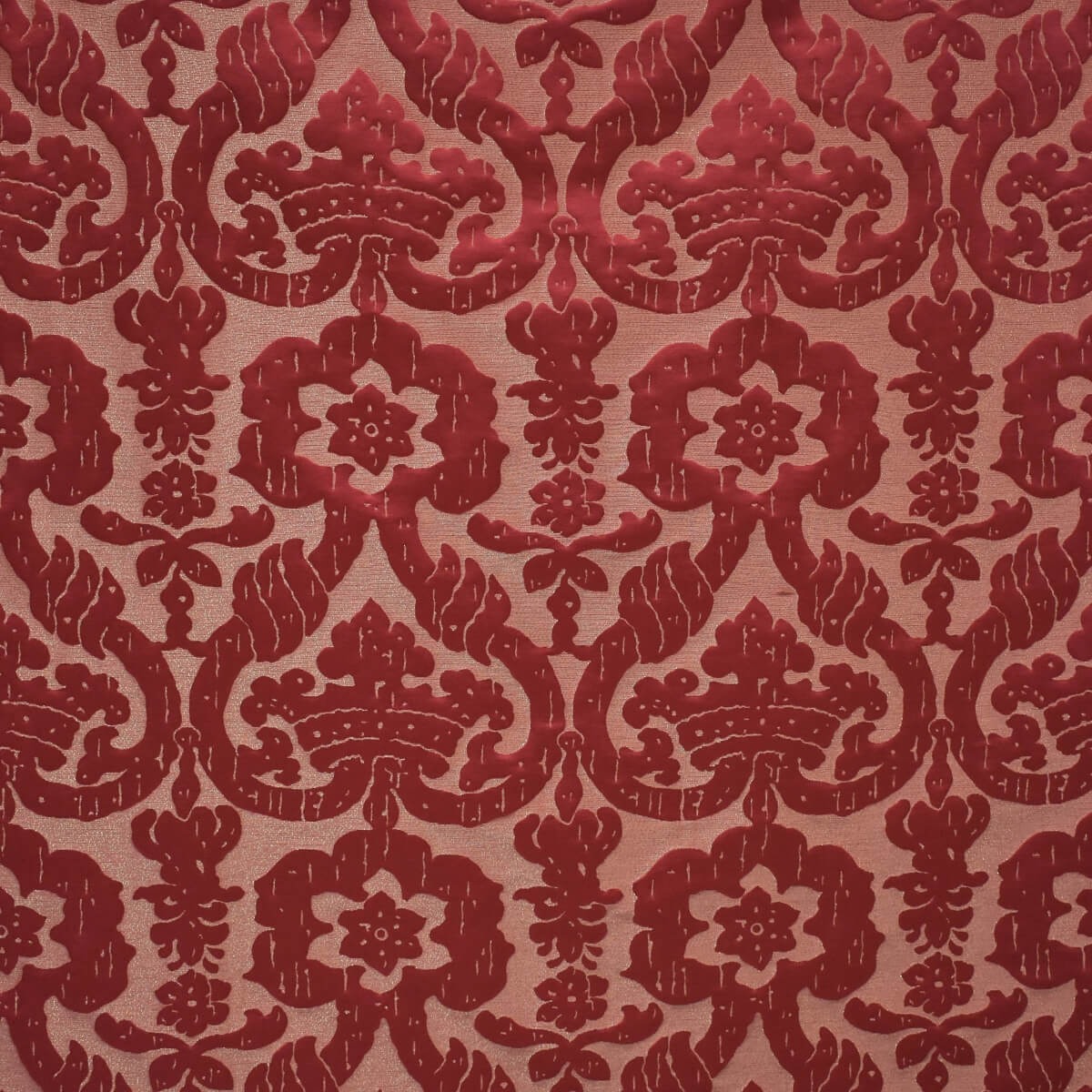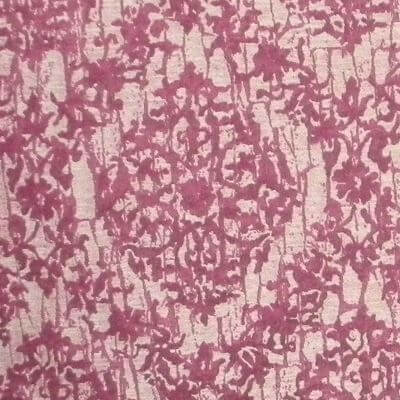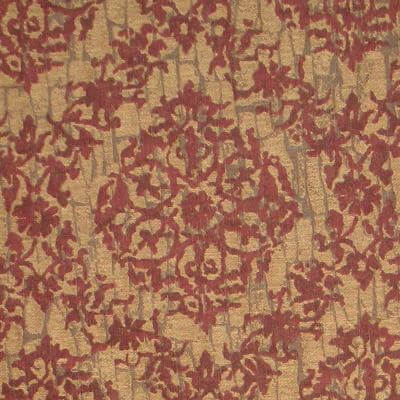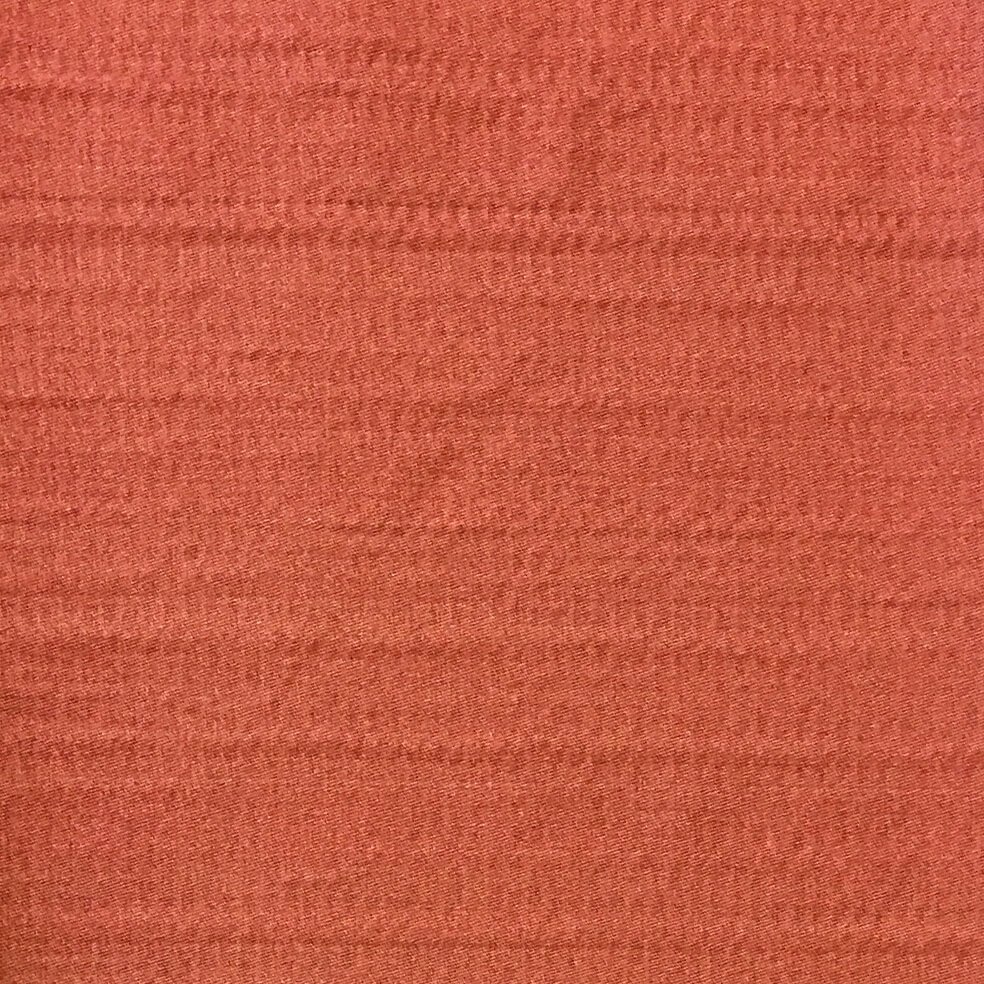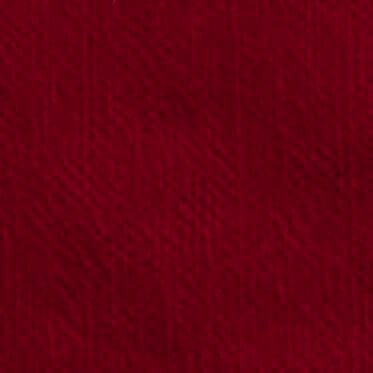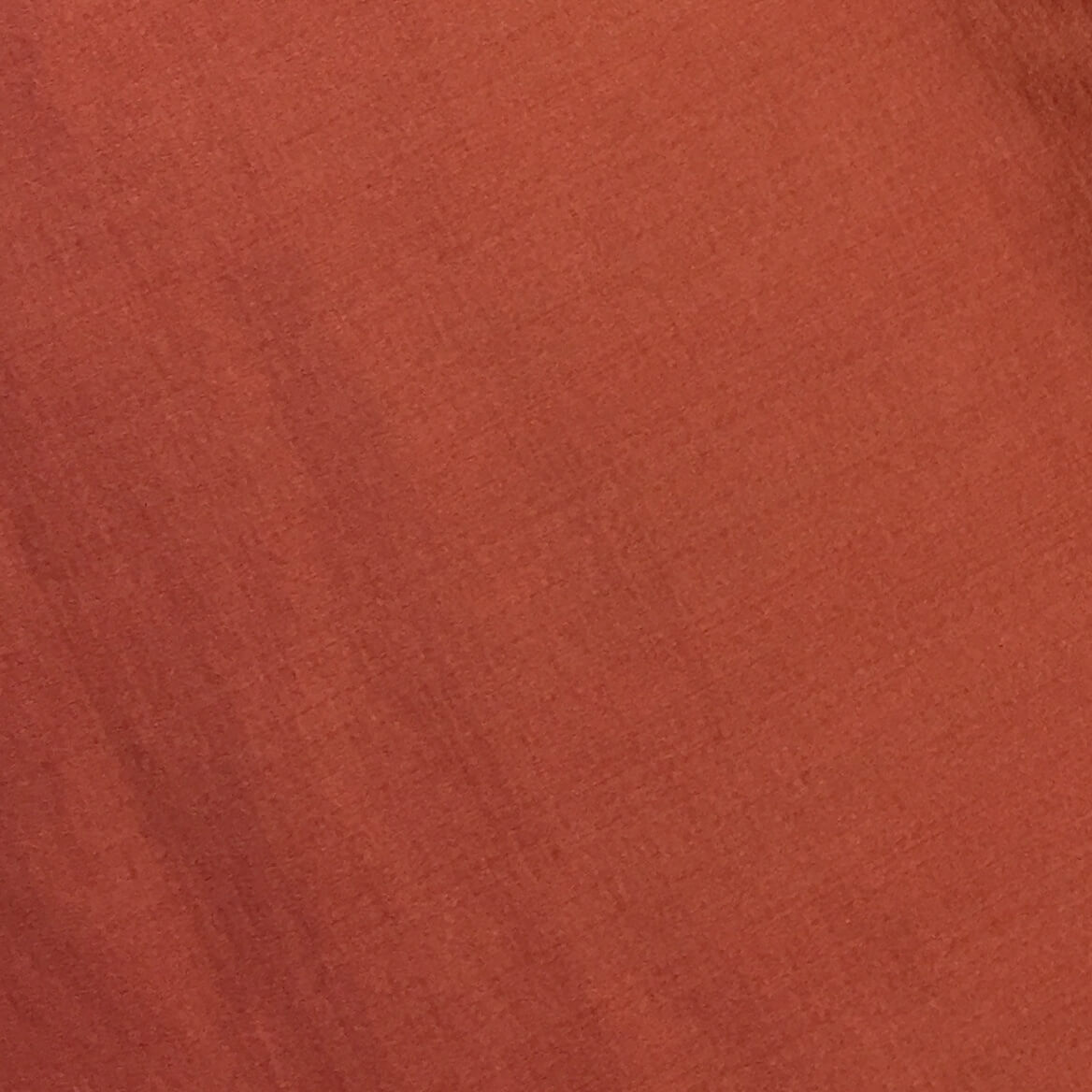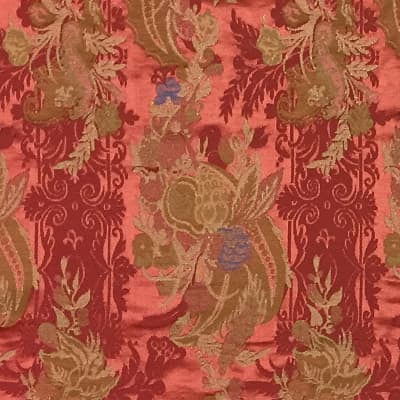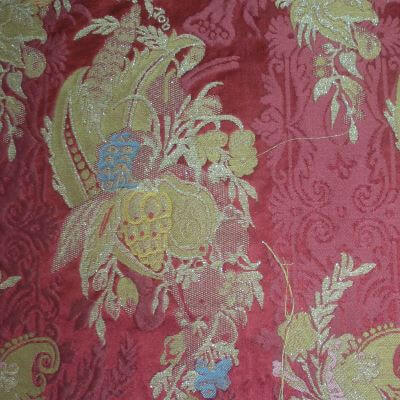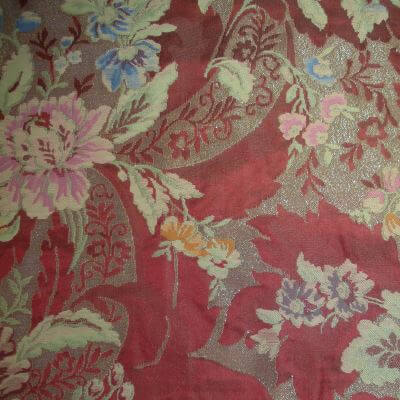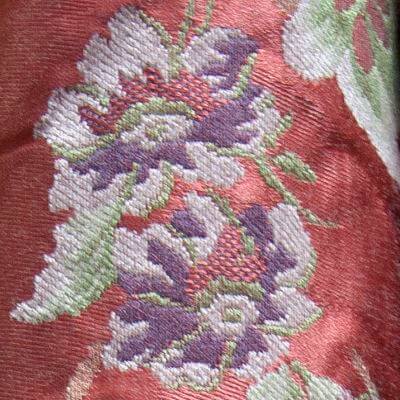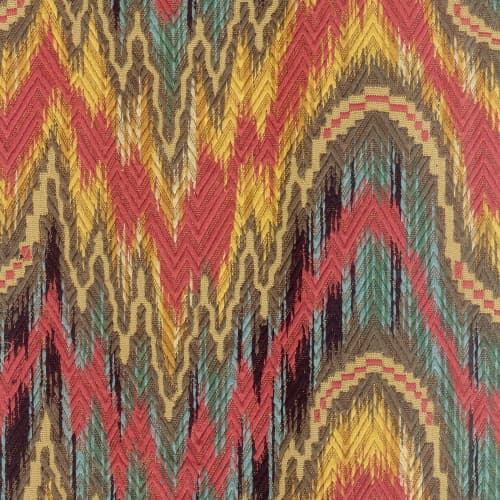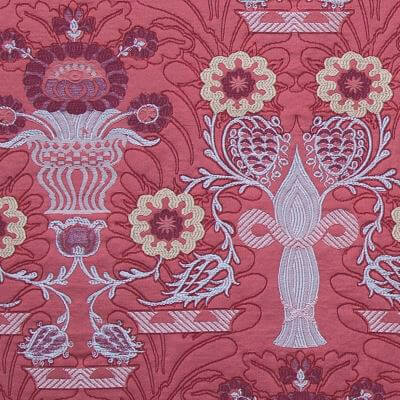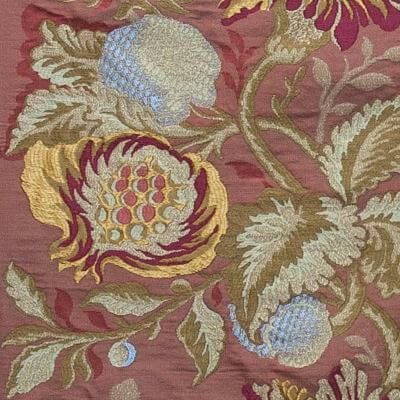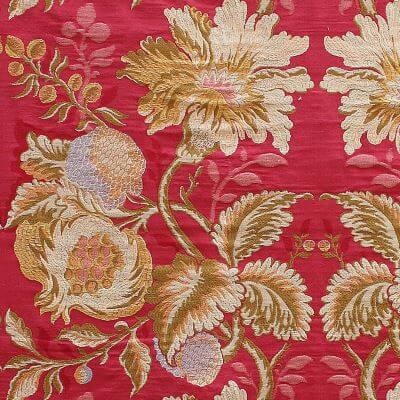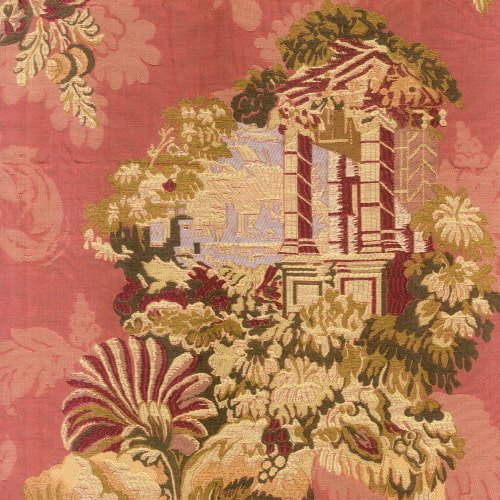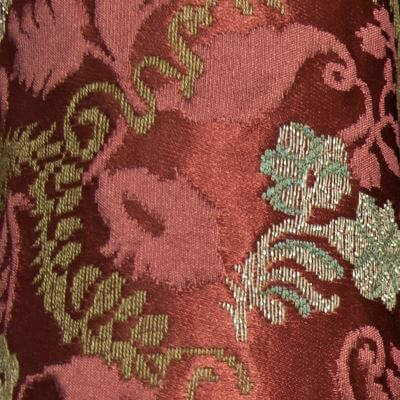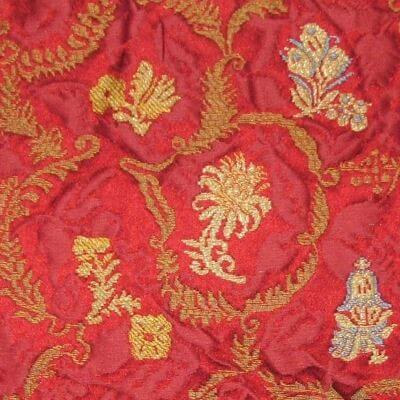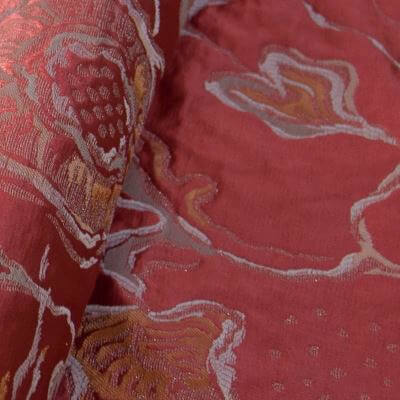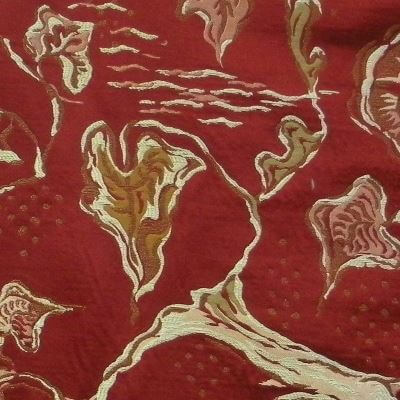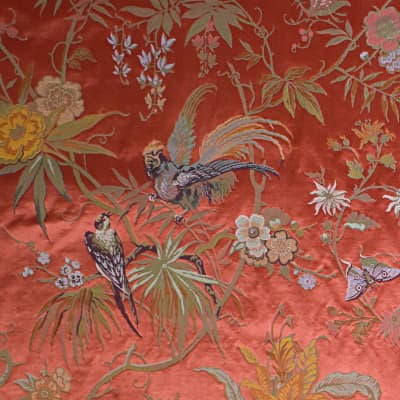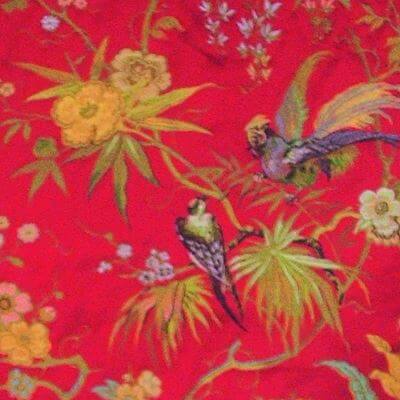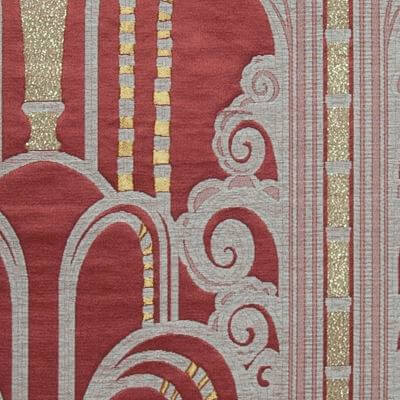Red is the color that best represents energy and warmth and which has had various uses and interpretations over the centuries. Its story is full of shades and curious facts, some of which involve Venice, too: here’s why.
The origins of the color red
Red is one of the first colors our Paleolithic forefathers used to paint cave walls, together with black and white. Almost all ancient peoples employed it, from the Egyptians to the Phoenicians, who first created purple. Ancient Roman brides wore red shawls to symbolize love and fidelity, and Rome’s villas were bursting with frescoes featuring an extremely intense shade of red, vermilion.
At that time, though, the production of this tone required cinnabar, a mineral containing mercury and therefore highly toxic. So being sentenced to work in the mines where cinnabar was extracted was, in fact, a death sentence.
With the advent of Christianity, red became the color of Christ’s blood and, as a consequence, a very popular hue in icons and on public-worship textiles. Take, for example, the cardinals: they’re dressed completely in red to indicate they’re willing to give their lives to martyrdom.
“Christ Enthroned” by Cima da Conegliano (1505) – Pushkin Museum, Moscow
Medieval royals frequently used this color, as well, since they wanted to clearly state that their right to rule derived directly from God’s will. That’s why throne rooms almost all over Europe are decorated in red: you can see an example of it in Dresden’s Royal Palace, whose audience chamber is covered in our handmade red Unito velvet. But red didn’t charm only European kings: from the Zhou Dynasty (11th century BC) to the Ming Dynasty (17th century), many Chinese emperors chose this color for their garments and palaces to bring prosperity and good luck to their reigns.
Audience Chamber – Royal Palace of Dresden
So red became a symbol of authority, power and wealth: this is why Venetian Senators started wearing it, too, during the 17th century. But we need to take a short step back in time to understand which role this color played in Venice.
Venice and red dyes
When new routes to Asia and the Middle East were opened, during the 15th century, streams of pigments to create red invaded Europe. For the clothes of merchants and craftsmen, there was common madder (Rubia tinctorum), a plant that provided a sort of brick red.
Only the wealthy could afford textiles dyed using kermes, made from the dried bodies of a huge number of female cochineals, tiny parasitic insects living on plants.
Venice was the main route by which these pigments reached Europe. But the situation changed dramatically during the 16th century. This is because the Spaniards discovered that the color of Mexican Aztecs’ fabrics was much brighter and more intense than the European shade, although it was derived from cochineal. But why then? Because Mexican cochineal contains a higher percentage of carminic acid, the pigment that produces red.
For a while, Venetians tried to ban the pigment derived from the foreign insect, but there was simply nothing to do: the new dye had a matchless effect on fabrics. So, the Spaniards replaced Venice as the main exporter of red dyes around Europe.
Red upholstery fabrics: our catalogue’s shades
Today all these pigments have been replaced by synthetic dyes, which provide us with a wide range of shades, just like the ones in our catalogue.
- In its most classical shade, our red is a light tone that conveys warmth and a touch of color that can instantly catch one’s eye.
- An original alternative to this classical shade is ibisco (hibiscus), another bright tone which is more intense and produces incredible iridescent effects on velvets.
- The antique red variant is a bit darker, elegant and with a vintage flair.
- The corallo (coral) tone inspires a genuine sense of energy and liveliness.
- Pomegranate, finally, is a dark tone, extremely elegant and ideal for creating a contrast in a room full of neutral and light colors.
Below, you will find a presentation of our fabrics in all shades of red sorted by type: velvets, animalier velvets, multicolored velvets, heddle velvets, damasks, brocatelles, satins, lampases.
Velvets
Animal Velvets
Multicoloured Velvets
Heddle Velvets
Damasks
Brocatelles
Satins
Lampases

